November 14, 2015
Where to have great ideas + Workplace professions + London’s office market 0
 In this week’s newsletter; Giuseppe Boscherini explores the growing importance of creativity at work; Mark Eltringham argues that the three professions of the workplace, HR, IT and FM need to adapt and notes a growing disconnect between a firm’s earnings and the number of people it employs. In commercial property, demand for office space in London continues to overwhelm its availability, with English regions outside the Capital leading construction growth. High job demands, stress and job insecurity are among the main reasons why people go to work when they are ill, and data shows the Internet of things will connect 6.4 billion objects next year. You can also download the new issue of Work&Place and access our first Insight Briefing, produced in partnership with Connection, which looks at agile working in the public sector. Visit our new events page, follow us on Twitter and join our LinkedIn Group to discuss these and other stories.
In this week’s newsletter; Giuseppe Boscherini explores the growing importance of creativity at work; Mark Eltringham argues that the three professions of the workplace, HR, IT and FM need to adapt and notes a growing disconnect between a firm’s earnings and the number of people it employs. In commercial property, demand for office space in London continues to overwhelm its availability, with English regions outside the Capital leading construction growth. High job demands, stress and job insecurity are among the main reasons why people go to work when they are ill, and data shows the Internet of things will connect 6.4 billion objects next year. You can also download the new issue of Work&Place and access our first Insight Briefing, produced in partnership with Connection, which looks at agile working in the public sector. Visit our new events page, follow us on Twitter and join our LinkedIn Group to discuss these and other stories.





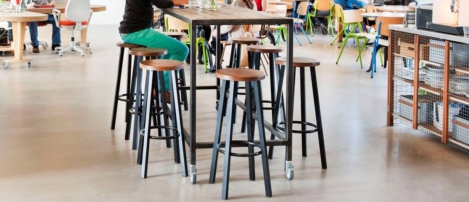
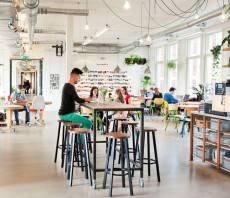
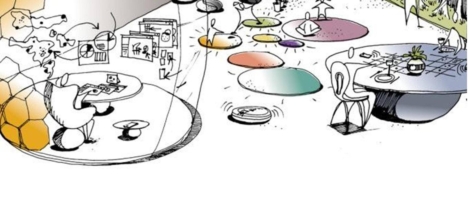
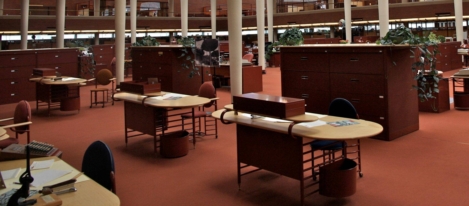
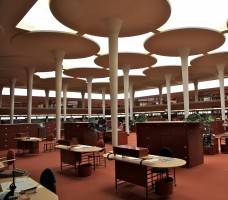
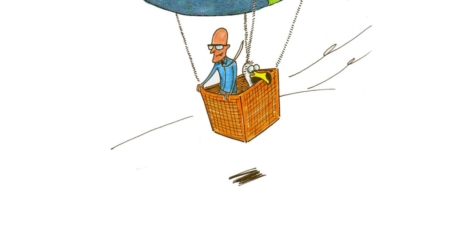
 The complete Work&Place archive is now available for you online, with each issue in two formats. PDF and digital editions offer you a choice of how to access the thoughts of some of the world’s greatest practitioners and writers on workplaces, commercial property, urbanisation, technology and all of the key forces driving developments in the built environment. Each of the issues so far also offers you an international perspective which means not only do they offer an insight into the forces that shape workplace thinking worldwide, they also create a unique perspective on how national approaches are shaped by local forces related to legislation, the economy, environment, culture and business practice. Work&Place is now published quarterly with the next issue set for July 2015. It will continue to create an era defining body of work about the rapidly changing world of work and workplaces.
The complete Work&Place archive is now available for you online, with each issue in two formats. PDF and digital editions offer you a choice of how to access the thoughts of some of the world’s greatest practitioners and writers on workplaces, commercial property, urbanisation, technology and all of the key forces driving developments in the built environment. Each of the issues so far also offers you an international perspective which means not only do they offer an insight into the forces that shape workplace thinking worldwide, they also create a unique perspective on how national approaches are shaped by local forces related to legislation, the economy, environment, culture and business practice. Work&Place is now published quarterly with the next issue set for July 2015. It will continue to create an era defining body of work about the rapidly changing world of work and workplaces.
















June 2, 2015
The bonds that link work with place are loosening day by day
by Paull Robathan • Comment, Flexible working, Technology, Work&Place
More →